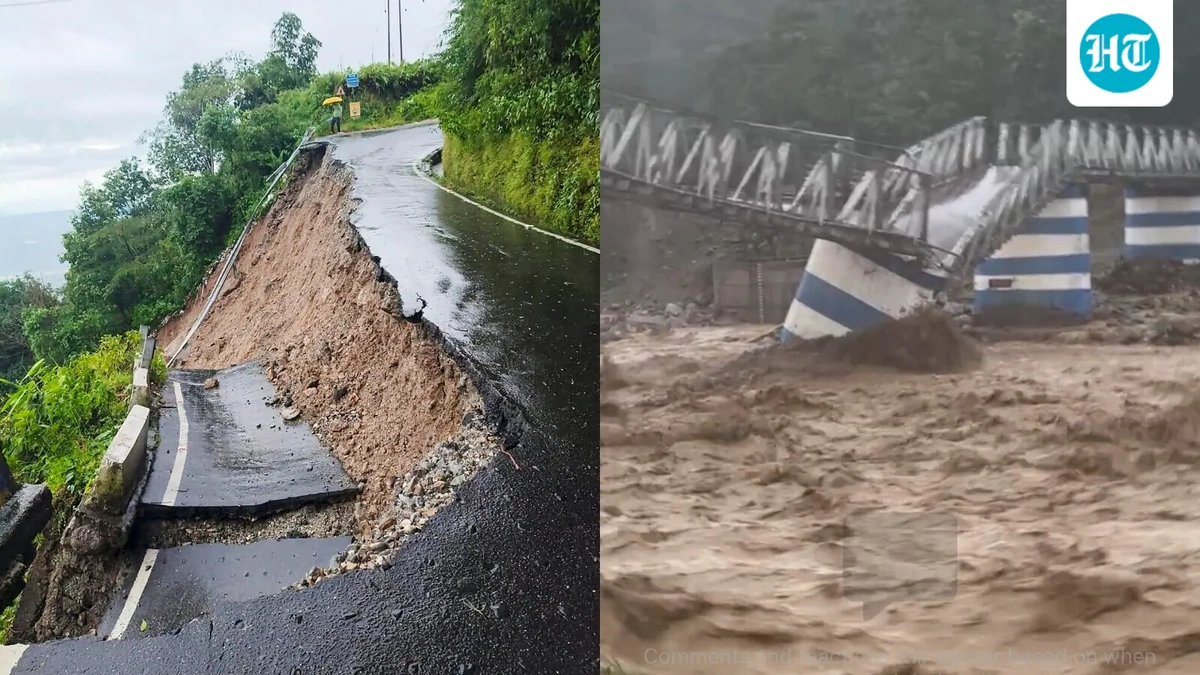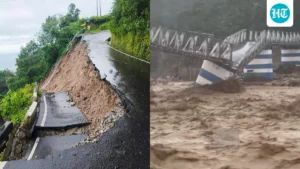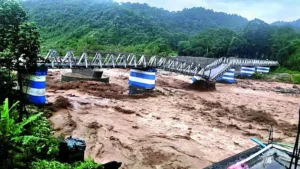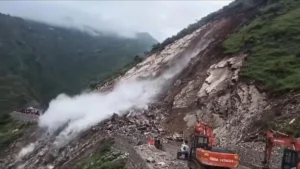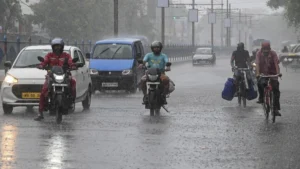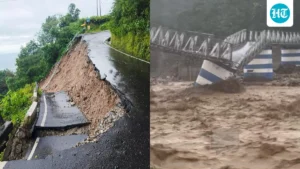28 Dead in Darjeeling Landslides After Heavy Rain; Dam Overflow Warning Issued
Okay, let’s be real. When you hear about a landslide, especially one as devastating as the one in Darjeeling, it’s easy to just see a headline and move on. But, here’s the thing: these aren’t just isolated incidents. They’re complex events with layers of causes and consequences that ripple far beyond the immediate tragedy. Let’s dive deeper, shall we? What fascinates me is not just the ‘what’ but the ‘why’.
The Unfolding Tragedy | More Than Just Rain
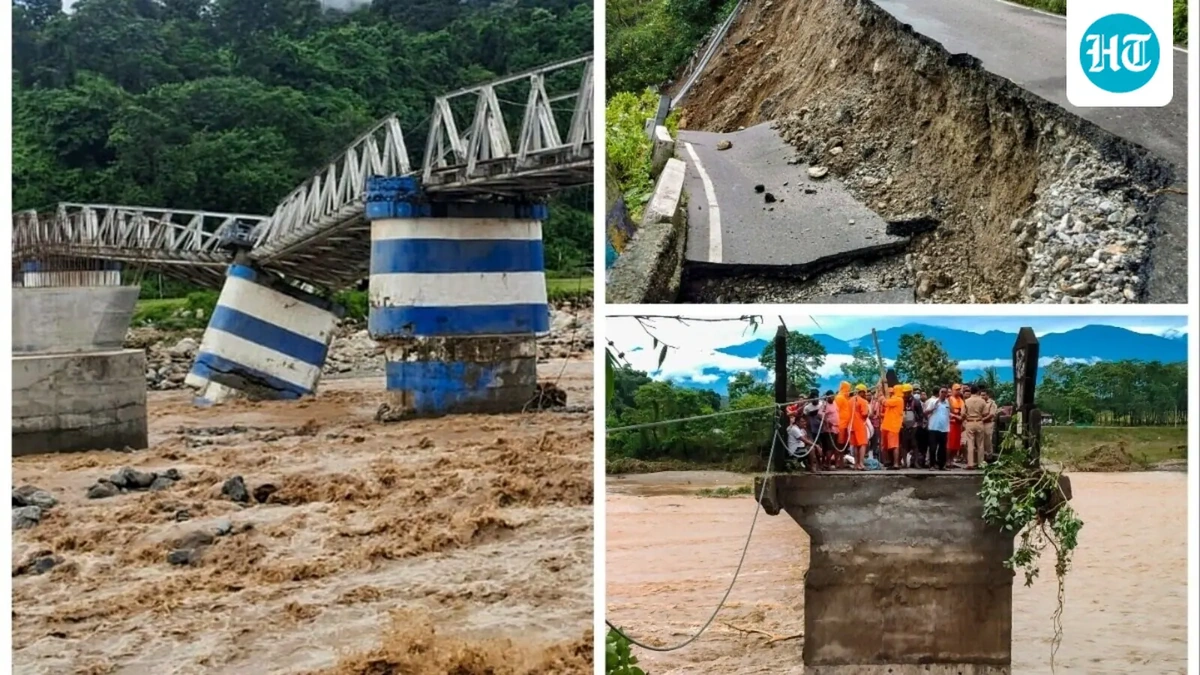
Yes, heavy rainfall is the immediate trigger, the thing that finally pushed the unstable hillsides over the edge. But blaming it all on the weather is too simplistic. Think of it like this: the rain is the last straw. The underlying vulnerabilities are what truly matter. We’re talking about things like deforestation, unsustainable construction practices, and inadequate drainage systems. According to a report by the Geological Survey of India, the region is inherently prone to landslides due to its geology and seismic activity. This vulnerability is exacerbated by human activities. The current situation highlights the urgent need for integrating disaster risk reduction into development planning. What I initially thought was a straightforward natural disaster, turned out to be a complex web of interconnected issues.
It’s not just the tragic loss of life – 28 confirmed dead and counting – it’s the disruption of entire communities, the destruction of homes and livelihoods, and the long-term psychological impact on survivors. And a dam overflow warning? That just adds another layer of anxiety. Imagine being displaced from your home, fearing for your safety, and then also worrying about a potential dam breach. It’s a relentless cascade of crises. The impact on the local economy, heavily reliant on tourism and tea production, is also substantial. We need to focus on disaster preparedness.
Decoding the Disaster | Why Darjeeling is Vulnerable
Darjeeling’s vulnerability isn’t new. This region, nestled in the Himalayas, faces a unique set of challenges. The steep slopes, coupled with the region’s geological instability, make it naturally susceptible to landslides. But here’s the kicker: human activities are amplifying the risk. Deforestation for agriculture and construction removes the very root systems that hold the soil together. Unplanned construction, often without proper engineering assessments, further destabilizes the hillsides. So, essentially, we’re weakening the natural defenses of the land. Then, climate change throws another wrench into the works, with more intense and erratic rainfall patterns. The long-term effects of climate change are really scary, and it’s essential to understand it.
And let’s be honest, enforcing regulations in such a remote and challenging terrain is no easy feat. Corruption, lack of resources, and political will all play a role. It’s a complex interplay of factors that contributes to the recurrent Darjeeling landslides. According to the National Disaster Management Authority (NDMA) guidelines, hill towns should have strict zoning regulations and building codes to minimize landslide risks, but implementation remains a challenge.
Beyond Relief | Long-Term Solutions for Darjeeling
Immediate relief efforts are, of course, crucial. Providing shelter, food, medical assistance, and emotional support to the affected communities is paramount. But relief is just the first step. The real challenge lies in building long-term resilience. This means investing in sustainable land management practices, promoting responsible tourism, and strengthening disaster preparedness. Reforestation efforts are vital, as is the construction of engineered structures like retaining walls and drainage systems to stabilize vulnerable slopes. Also, effective early warning systems are crucial to evacuate people on time and save lives.
But, and this is a big ‘but’, these solutions require a holistic and integrated approach. It’s not enough for the government to act in isolation. Local communities must be actively involved in the planning and implementation process. Their traditional knowledge and understanding of the terrain are invaluable. What I’ve seen is that the best solutions are those that combine scientific expertise with local wisdom. It’s also about creating economic opportunities that don’t depend on unsustainable practices. Promoting eco-tourism, organic farming, and handicrafts can provide alternative livelihoods that are both environmentally friendly and economically viable. The importance of community involvement cannot be overstated.
The Human Cost | Stories Beyond the Statistics
It’s easy to get lost in the numbers – 28 dead, so many displaced, X amount of damage. But behind each statistic is a human story of loss, resilience, and hope. Imagine a family losing their home, their livelihood, and their loved ones in a single devastating event. The trauma, the grief, and the uncertainty can be overwhelming. And then there are the children, who have to cope with the disruption of their education, the loss of their friends, and the fear of future disasters. We must remember the human cost of these disasters.
What fascinates me is the resilience of the human spirit. Despite the devastation, people come together to help each other, to rebuild their lives, and to create a better future. It’s this spirit of community that gives me hope. However, psychological support and counseling are crucial for those who have experienced trauma. The government and NGOs should provide adequate mental health services to help people cope with the emotional impact of the natural disaster.
Looking Ahead | Lessons Learned and the Path Forward
The Darjeeling landslides serve as a stark reminder of the interconnectedness of environment, development, and human well-being. It’s a call to action to address the underlying vulnerabilities that make communities susceptible to disasters. This requires a paradigm shift from reactive disaster management to proactive risk reduction. According to the Sendai Framework for Disaster Risk Reduction, prevention is better than cure. We need to invest in early warning systems, strengthen infrastructure, and promote sustainable land management practices.
It’s also about fostering a culture of safety and preparedness. People need to be aware of the risks, know how to respond in an emergency, and be actively involved in disaster management. Education, awareness campaigns, and community-based training programs can play a vital role. What is key is political will. Without strong leadership and commitment, even the best plans will remain just that – plans. The Darjeeling landslides are a tragedy, but also an opportunity to learn, to adapt, and to build a more resilient future. Let’s not waste it. Landslide mitigation strategies are crucial.
FAQ Section
Frequently Asked Questions About the Darjeeling Landslides
What caused the Darjeeling landslides?
Heavy rainfall was the immediate trigger, but underlying factors like deforestation, unsustainable construction, and geological instability significantly contributed.
What are the long-term solutions to prevent future landslides?
Sustainable land management, responsible tourism, robust infrastructure, effective early warning systems, and community involvement are crucial.
How can I help the victims of the Darjeeling landslides?
Donate to reputable relief organizations providing aid to the affected communities. Also, support policies that promote sustainable development and disaster preparedness in the region.
What is the government doing to address the issue of landslides in Darjeeling?
The government is working on implementing disaster management plans, investing in infrastructure development, and promoting awareness campaigns. However, effective implementation and community participation are key to success.
Are there early warning systems in place for landslides in Darjeeling?
Yes, but their effectiveness needs improvement. Investing in advanced technology and community-based monitoring systems can enhance early warning capabilities. Early warning systems are a high priority.
What role does climate change play in the increasing frequency of landslides?
Climate change contributes to more intense and erratic rainfall patterns, exacerbating landslide risks. Addressing climate change is essential for long-term disaster risk reduction.
